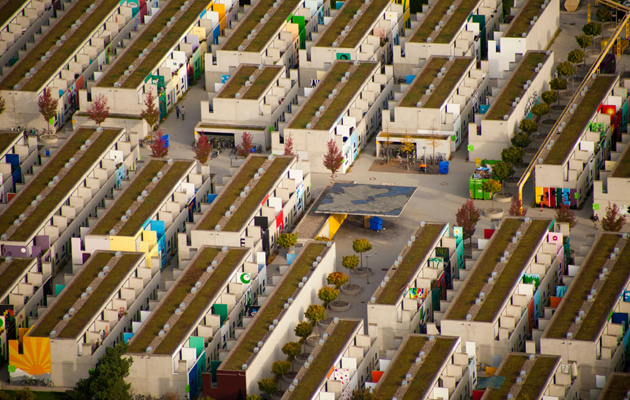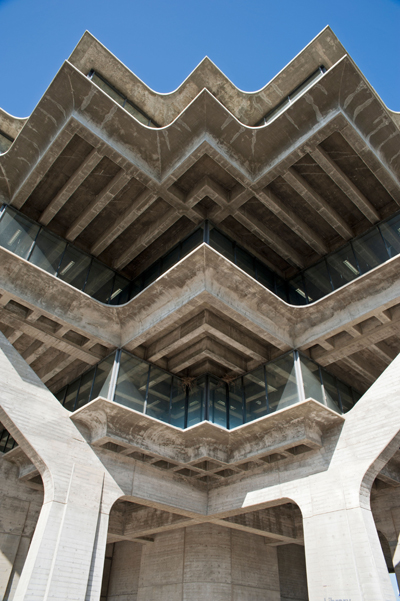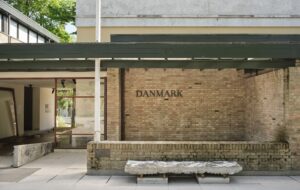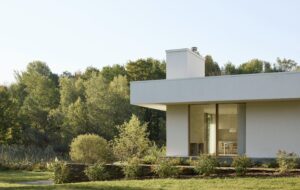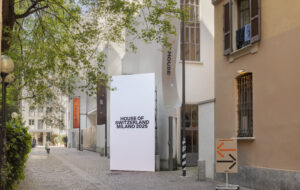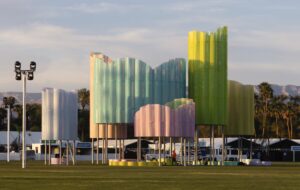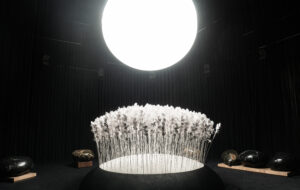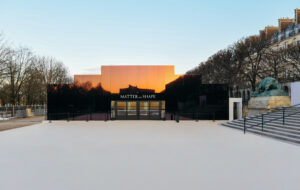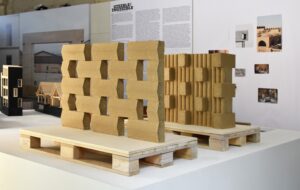|
|
||
|
Christopher Beanland’s compendium of 50 brutalist buildings is a wholesome first introduction to brutalism, but will leave die-hard fans unsatisfied, says Peter Smisek Architecture is presumably a serious business, and no architectural style is more serious than brutalism. The concrete adoration may have reached its peak roughly a year and a half ago – now the world at large had gone from fetishising the often-merciless, rough edges of beton brut to celebrating the quirky, fun, and tongue-in-cheek sleekness of postmodernism. In this context, it would seem that Concrete Concept, a small compendium of 50 brutalist building around the world by Christopher Beanland, brings too little and arrives too late. Timeliness aside, the book does present an eclectic collection of brutalist buildings, some of them established as highlights of the style’s canon, some more obscure and everyday. The selection shouldn’t be considered complete, and it’s the concrete works that dominate the selection – notwithstanding that some of the finest and most seminal brutalist works, such as the Hunstanton School, the British Library and the Economist cluster display a rather richer materiality, but today, brutalism = beton brut – or worse, any beton – meaning that a richer, and a more accurate historical narrative is simply impossible when dealing in these terms. This brings me to another point of contention, an inclusion of a lone building from 2004, the Maria-Magdalena Church in Freiburg, which completes the otherwise historic selection. Whether this attempt at suggesting a neo-brutalist revival is what Michael Abrahamson (the man behind the FYB Tumblr, who’s quoted on the back cover) sees as breaking open “the prematurely closed canon of brutalist architecture” is not certain. Its inclusion nevertheless strikes a foreign note, not least because there are certainly more innovative and deserving concrete works from the noughties that could have been included instead (late Zaha Hadid’s Phaeno Science Centre in Wolfsburg springs to mind).
Geisel Library by William L. Pereira & Associates, 1970 On a more positive note, the choice of buildings does pay attention to the regional offshoots of brutalism, and probably only the most-die hard fans won’t find anything new. Throughout the book, a mix of black-and-white and colour photographs, as well as a few rogue plans and sections aim to illustrate the project with various degrees of success. And while the photography is competent, it often fails to give a good picture of the buildings and the complexes they represent. For instance, the Barbican entry gives no hint of the project’s monumentality and human experience, and Le Corbusier’s Palace of Assembly in Chandigarh would benefit from at least one interior shot. Each project – or, in some cases, group of related projects – is accompanied by a short anecdote about the building. Don’t expect to find any academic discussions here, but rather light-hearted, poignant, often personal and sometimes compelling stories and speculations regarding the conception, use and, in some cases, warnings of the buildings’ impending demise. Concrete Concept tries to contribute new narratives to brutalism, outside of the usual formalist/moralist dichotomy (mostly by ignoring the latter), but it’s not quite convincing enough. It would be entirely possible to retain the casual tone of the book, while perhaps giving a more generous, thorough presentation to fewer projects. At most, casual brutalism fans will find a few new favourites and noteworthy anecdotes in Concrete Concept. The book won’t necessarily make it onto their coffee-tables, but may rest on a shelf nearby, and is well suited as a wholesome first introduction to the wonderful world of concrete brutes for those yet uninitiated. It points towards the rabbit hole, but doesn’t even begin to look down it. |
Words Peter Smisek
Above: Munich Olympic Village by Frei Otto and Gunther Behnisch, 1972
Concrete Concept: Brutalist Buildings Around the World |
|
|
||
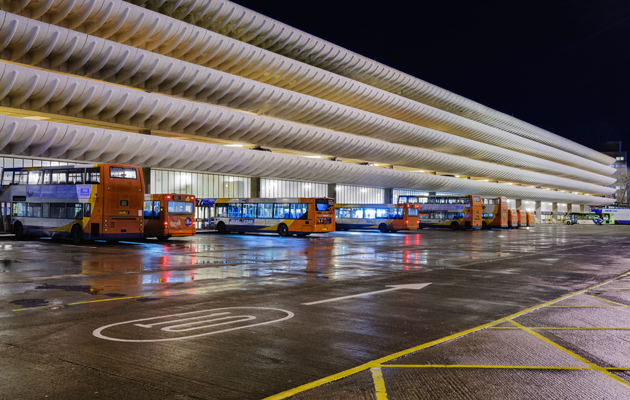
Preston bus station by Building Design Partnership, 1969

